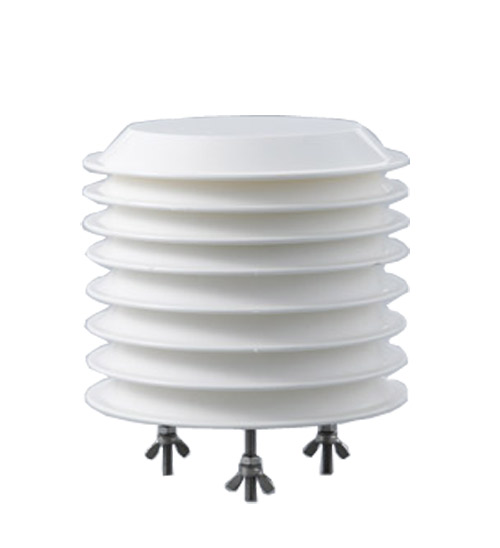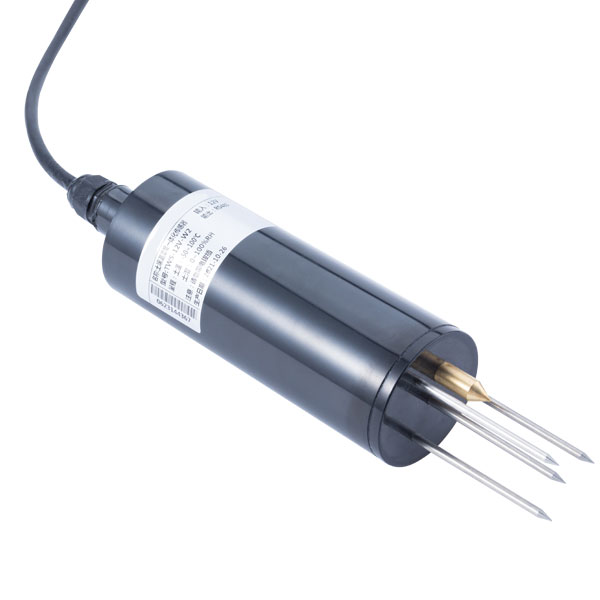

— Blogs —
—Products—
 Consumer hotline +8618073152920
Consumer hotline +8618073152920 WhatsApp:+8615367865107
Address:Room 102, District D, Houhu Industrial Park, Yuelu District, Changsha City, Hunan Province, China
Product knowledge
Time:2021-12-25 15:08:48 Popularity:1446
What is the difference between narrowband and broadband? What are the advantages of narrowband
In the Internet of Things industry, Narrowband Internet of Things (NB-IoT) is an emerging technology that can be widely used worldwide. It has unique advantages. It has wide coverage, multiple connections, low speed, low cost, low power consumption, Excellent architecture features. NB-IOT uses the license frequency band, and can adopt three deployment methods: in-band, guard band, or independent carrier, to coexist with existing networks.

Narrowband Internet of Things
What is the difference between narrowband and broadband:
In the communications industry, bandwidth may have two meanings. One is the frequency bandwidth, referred to as bandwidth, in Hz; the other is the maximum transmission rate of the network, in bps. Broadband is an artificial definition, and there is no strict standard term.
In wireless communication, the working frequency of radio waves is involved. For example, the main working frequency of China Unicom and Telecom’s 4G that we often encounter is 1800Mhz.
The wireless spectrum is a precious and completely non-renewable resource. The signals of the same frequency will interfere with each other. This must divide the frequency into a number of different ranges, and this range is the difference between the highest frequency and the lowest frequency. The value, that is, the bandwidth of the frequency band, is often referred to simply as the bandwidth.
Different mobile communication standards support different bandwidths. For example, LTE can support different bandwidths of 1.4Mhz, 3Mhz, 5Mhz, 10Mhz, 15Mhz, 20Mhz.
"Narrow" and "wide" are a relative concept, and there is no strict digital limit. What is the relative? It refers to the channel characteristics relative to the signal characteristics.
First, the "signal to be transmitted" is called the source, and the source has certain spectral characteristics. The source signal usually needs a carrier signal to modulate it before it can be sent to a distant place. The bandwidth of the source signal is much smaller than the center frequency of the carrier. It is a narrowband signal, on the contrary, the two comparable in size is called a wideband signal.
Second, in actual communication, the frequency band resources allocated to you + the real propagation environment are called channels. The channel also has certain spectral characteristics. Under normal circumstances, the wider the allocated frequency band resources, the more stable the propagation environment, and the higher the data rate that the channel can carry.
Third, from the perspective of the frequency spectrum of the waveform, the signal bandwidth is Δf and the carrier frequency is fc. When Δf<<fc, the system is called a narrowband system. What is a system? The composition of the "system" is the source + channel, where Δf can be regarded as the characteristic of the source, and fc can be regarded as the characteristic of the channel. Comparing the first article of this discussion, it can be seen that both "narrowband channel" and "narrowband signal" are actually within the same definition, which is "narrowband system", and the two complement each other.
Fourth, what problems will arise when a wideband signal is transmitted on a narrowband channel? Answer: frequency selective fading. This problem is more difficult to describe. To make a simple analogy, it is like a very wide car driving on a narrow road. In other words, on a biscuit production line or assembly line, a large number of biscuits enter a narrow receiving channel, and the biscuits on both sides will inevitably fall to the ground.
NB-IoT technology application scenarios
Narrowband Internet of Things (NB-IoT) technology is applied to agriculture, industry, government and life. It is widely used in real-time monitoring and early warning of environmental data in oil fields, oil wells, gas fields, steam pipelines, heating pipelines, pump houses, cold storage, storage, agricultural greenhouses, and breeding. It is used in computer room, machine station power, environmental monitoring system, low-voltage power distribution monitoring system, electric energy data monitoring system, factory machinery and equipment, production line operation status monitoring system, production information acquisition system and other wireless monitoring and early warning.
Prev:4G industrial router purchase points
Next:Ten major IoT communication technologies of Comparative analysis
Sensors & Weather Stations Catalog
Agriculture Sensors and Weather Stations Catalog-NiuBoL.pdf
Weather Stations Catalog-NiuBoL.pdf
Related recommendations
Related products
 Atmospheric Temperature Humidity Pr···
Atmospheric Temperature Humidity Pr··· Soil Temperature Moisture Sensor 4-···
Soil Temperature Moisture Sensor 4-··· Air temperature, humidity and atmos···
Air temperature, humidity and atmos···
Screenshot, WhatsApp to identify the QR code
WhatsApp number:+8615367865107
(Click on WhatsApp to copy and add friends)